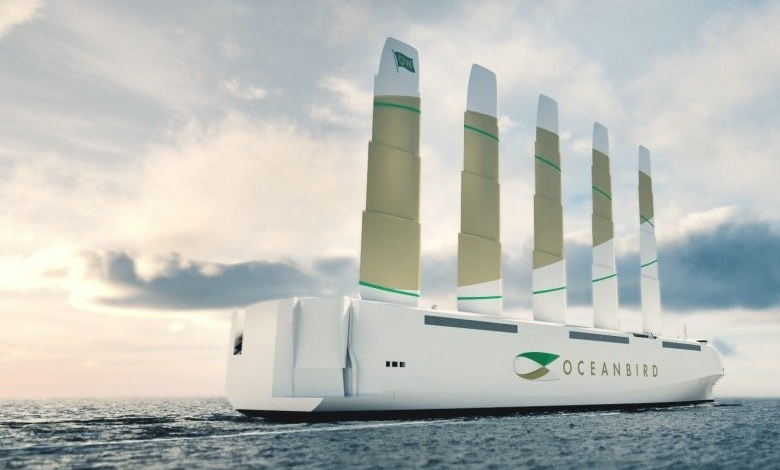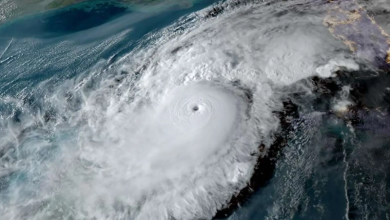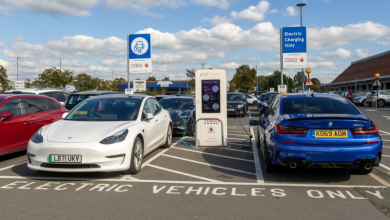Most Objections To Wind-Propelled Shipping Based On 3 Myths. Let’s Debunk Them

Like every other sector, the shipping industry needs to decarbonise. But its emissions remain high. In 2018, the International Maritime Organisation (IMO) set a target to halve emissions between 2008 and 2050. But it was an inadequate first step.
Luckily, the IMO revised its strategy in July, luring in a big improvement. In addition, it has been found that sailing cargo ships are making a genuine comeback. Shipping accounts for almost 3% of GHG emissions, and research has confirmed the potential of wind propulsion.
Buying More Time To Develop Alternative Fuels
If wind-powered vessels save fossil fuels today, the dwindling carbon budget – the cumulative amount of CO2 emissions permitted over a period of time to keep within a certain temperature threshold – stretches a little further.
This, in turn, buys more time to develop alternative fuels, that most ships will need to some extent. But some commentators are not easily convinced. But it has been found that most objections to wind propulsion are based on three myths. Let’s debunk them.
1. Ships Won’t Arrive On Time. Wind Is Unreliable
The wind may not be as predictable as a steady flow of heavy fuel oil, technological advances have taken a lot of uncertainty out of sailing. Forecasting has improved massively and software now helps find the best course to take better than anyone could in the 19th century.
2. Sails Don’t Work On All Types Of Ships
It’s true not all types of ships can easily accommodate sails. There can be a lot of reasons behind it. But the argument that wind propulsion isn’t viable because some ships can’t use it is like claiming bike is not a realistic option because not everyone can use it.
Read More: Your Comprehensive Guide To The Most Important Decisions At COP28 Dubai
3. Wind Ships Are A Thing Of The Past
Wind ships may remind us of the slave trade and colonial exploitation. But returning to wind propulsion doesn’t necessarily mean going back in time. The new vessels use a blend of new and old technology to harness the wind where it is most common: at sea.



